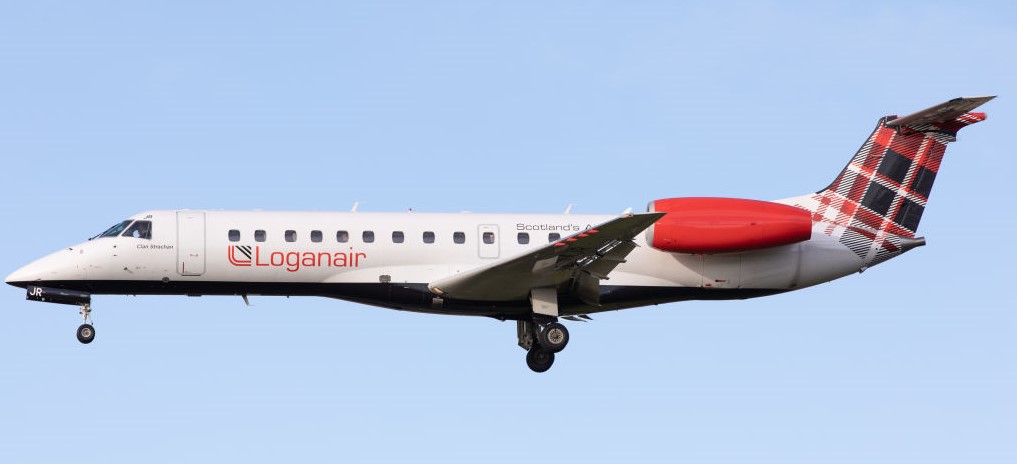Toxic trip?
As the last bank holiday of the summer approaches this weekend (August 28), hundreds of thousands of UK holidaymakers may fly to get to their destination – safe in the knowledge that flying is the least dangerous mode of transport.
Or is it?
While the odds of you dying on an aeroplane after say, a crash, are vanishingly small – one in seven million to be precise, greater odds than being struck by lightning – a hidden danger lurks that Unite has helped to uncover.
Aerotoxic syndrome, in which flight crew and passengers fall ill after being exposed to toxic chemicals found in engine oil that may contaminate cabin air, has been blamed for symptoms ranging from nausea and dizziness to chronic conditions such as cognitive impairment.
The syndrome is thought to be a result of repeated exposure to harmful chemicals. Air enters aircraft through the jet engines, a process known as â€bleed air’. In this process bleed air contaminants can become mixed in with the air due to failures in the seals within the engines, and this results in fumes or smoke entering the cabin (and is known in the industry as â€a fume event’).
Such contaminants include engine oil, hydraulic fuel and anti-freezing fluid, all of which contain a number of harmful chemical compounds, including organophosphates.
Potentially fatal
Aerotoxic syndrome is even thought to be potentially fatal – several pilots and cabin crew have died suddenly with no clear explanation.
One of these was cabin crew member Matt Bass, who at 34 died in his sleep, after months of displaying symptoms consistent with aerotoxic syndrome, including weight loss, respiratory and digestive problems as well as persistent fatigue.
Doctors couldn’t find out what was wrong with him, and after his death, neither could the coroner in an initial post-mortem.
But Matt’s family persisted and after a second post-mortem and several additional tests, the results came back – Matt had very high levels of organophosphate poisoning.
While more and more doctors recognise that aerotoxic syndrome is real, the airline industry is bent on hiding it. None of the airlines recognise that the syndrome exists or that bleed air has the potential to be dangerous.
The only aircraft that has a separate compression system, making cabin air contamination impossible, is the Boeing 787 Dreamliner, which was designed so that passengers would “arrive at their destination fresher”.
But as noted in a recent Guardian article, Boeing has denied that passengers will feel better after flights on the Dreamliner because of the bleed air system – rather, a company spokesperson said, it is because of lower cabin air pressure and higher humidity.
Unite at the forefront
Unite is at the forefront of fighting for cabin crew members and the travelling public in its campaign to expose the realities of aerotoxic syndrome.
Unite assistant general secretary Howard Beckett told the Guardian that the union is assisting over 100 cabin crew members in litigation at present.
“I would estimate that about one third of those have had time off work as a result of their symptoms and another third have what you would class as relatively serious neurological symptoms,” Beckett explained.
Unite is also involved in campaigning for a full public inquiry, demanding better monitoring and research as well as campaigning for airlines to put a stop to cabin air contamination altogether. They can do this by either installing filters which would eliminate a large part of the problem or converting to separate compression similar to the Dreamliner’s.
“We say to the industry, sort this out because people are being put at risk,” Beckett noted.
“It is worth noting that organic phosphates are… life-threatening poisons that are used in chemical warfare,” he said. “That is why it is beholden on all parties not to brush this off. Let’s have the public inquiry where this issue can be considered fully and all necessary actions taken thereafter.”
As Unite fights for justice, the union urges both passengers and cabin crew to be alert to the dangers when they fly.
Tell-tale signs
Unite researcher Colin Potter explained the tell-tale signs that you’ve been exposed to contaminated cabin air.
“The things to look out for on-board is a smell sometimes described as wet-dog or sweaty socks, especially during take-off when the engines are working their hardest, through to a white smoke cloud that can fill the cabin,” he said.
“In truth, if you can smell the oil in the cabin – you have been exposed and have been even before you could realise it as the smell is only detectable by the human sense of smell at higher levels of concentration.
“You will also find a noticeable difference, when leaving a 787, in that you will not have the headache normally associated with a long distance flight.
“The chemical mixture in question contains endocrine disrupters – a chemical that can interfere with the signals in your brain,” Potter added.
While cabin crew and other frequent flyers are most at risk, Potter notes that anyone who flies can be affected – reactions to the chemicals very from person to person.
“Some individuals are more susceptible to poisoning by these chemicals than others – much like the consumption of alcohol,” he said. “Where one crew member may work out their career in the industry without any major issues, another will be hospitalised and may not be fit to drive let alone fly an aircraft.”
If you believe you’ve suffered from symptoms consistent with aerotoxic syndrome, contact Unite at 03330 146569, or find out more here.
 Like
Like Follow
Follow


